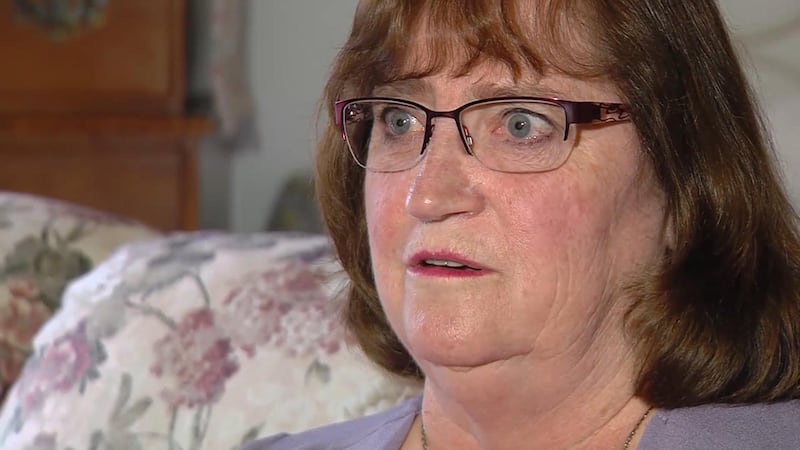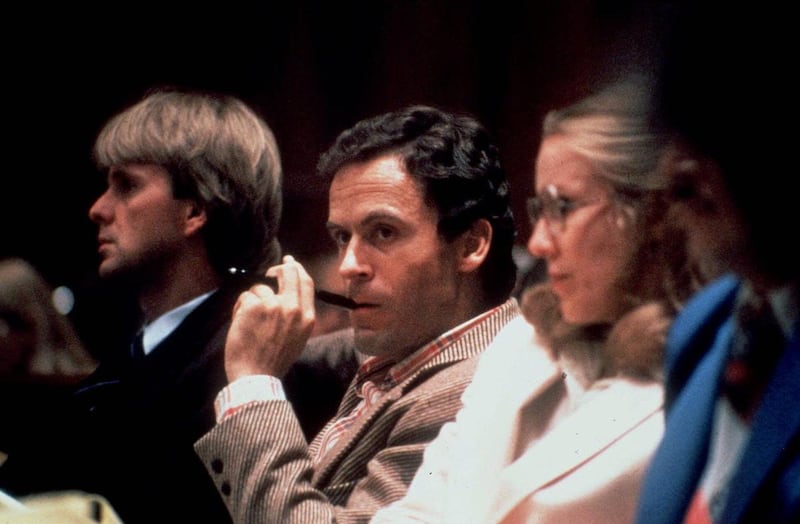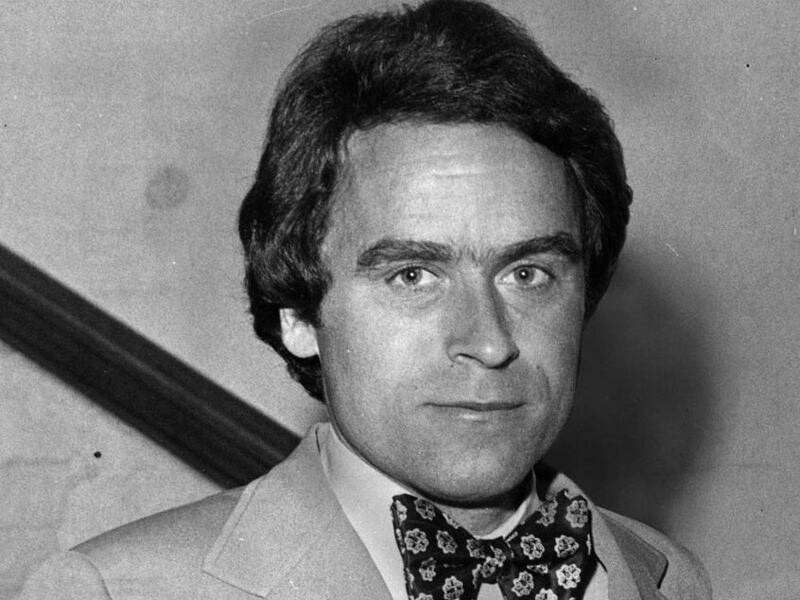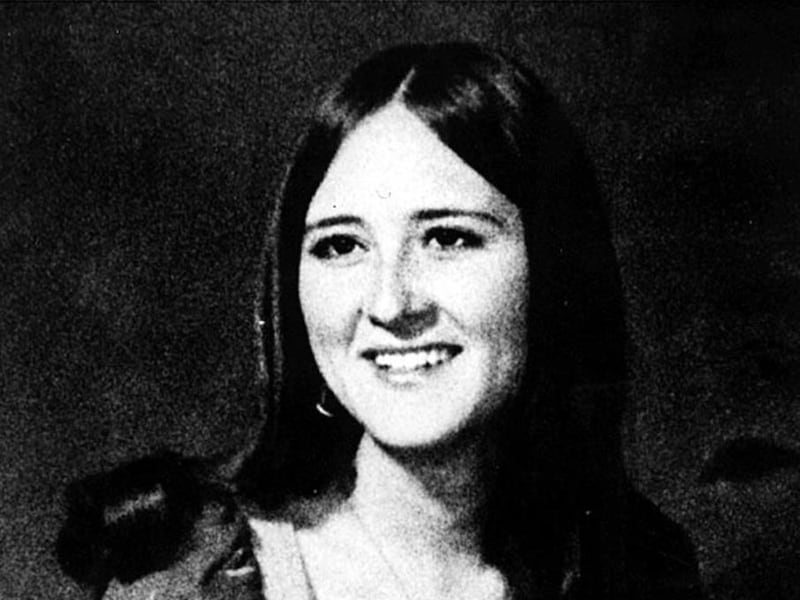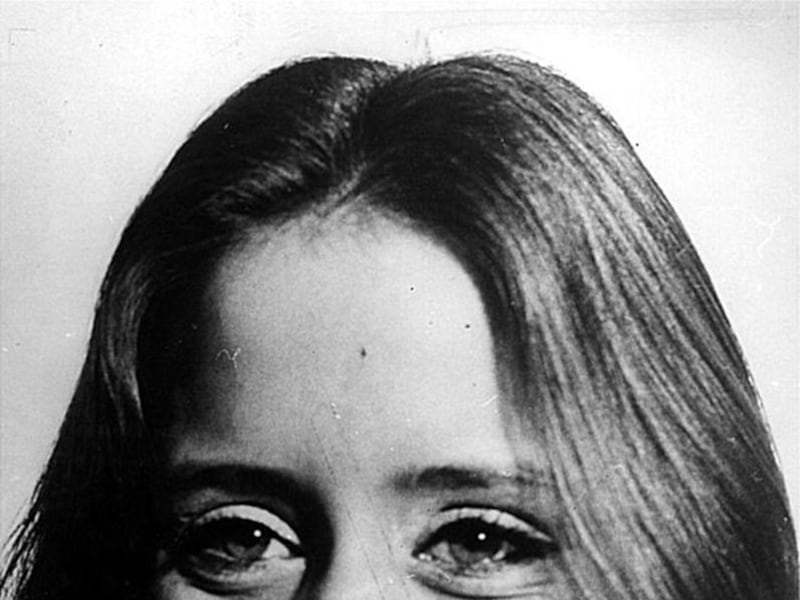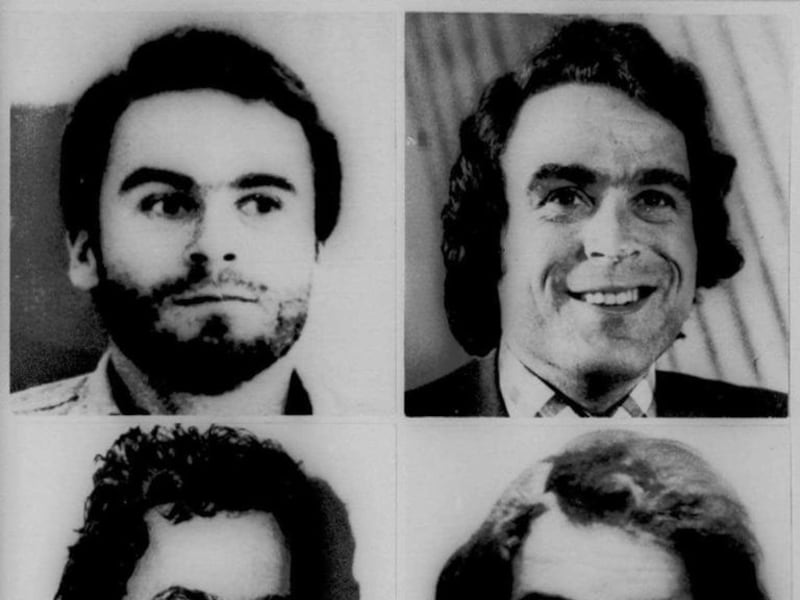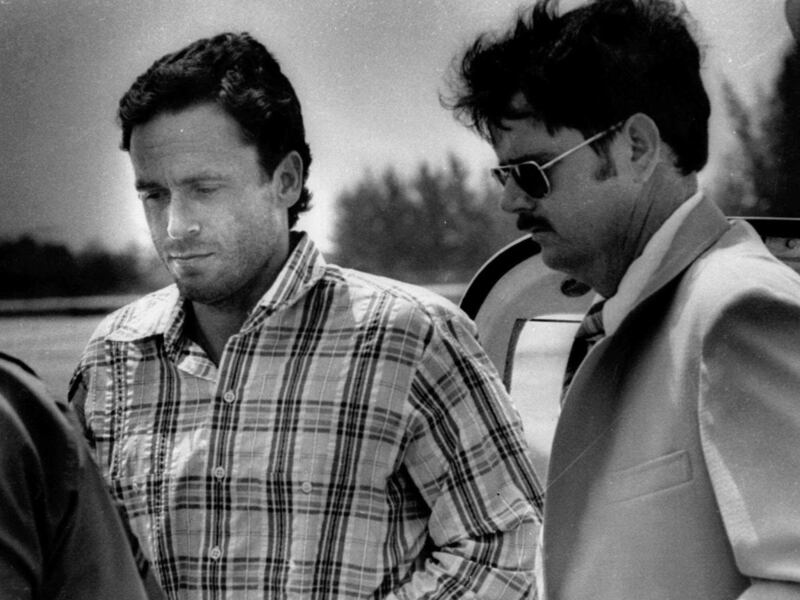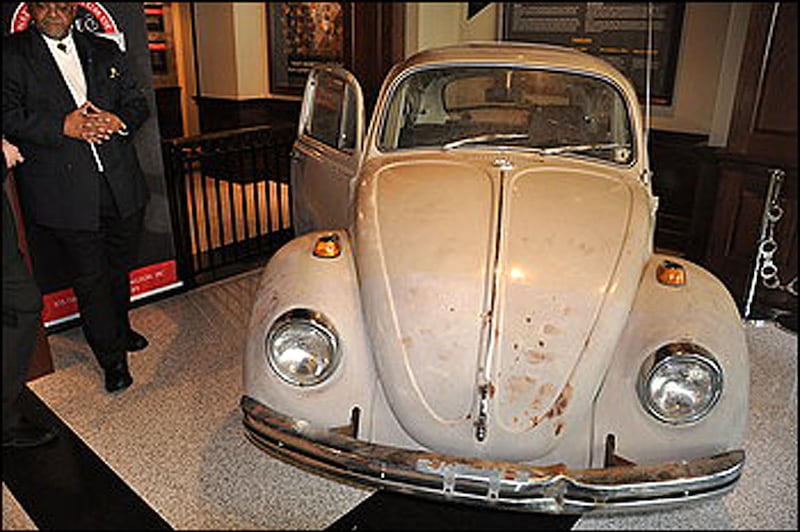OGDEN — Rhonda Stapley has kept a secret for nearly four decades that she has only now been ready to tell: She was beaten and raped by Ted Bundy, one of America's most notorious serial killers.
From her mother's Ogden home, surrounded by family, Stapley recalled Tuesday what she said was the darkest time of her life.
Stapley was a pharmacology student at the University of Utah in 1974. On Oct. 11 of that year, she said she nearly lost her life at the hands of Bundy during the height of his killing spree.
Stapley said it all started innocently enough.
On that day, after a dentist appointment in downtown Salt Lake City, she was waiting for a bus to take her back to campus, where she lived. She had waited more than half an hour when a vehicle pulled up.
"This tan Volkswagen came by and the driver rolled down his window and asked, 'Where are you going?' I said, 'I'm going to the U.' He said, 'Me too.'"
Stapley didn't think twice about accepting a ride from the smooth-talking, handsome law student.
She even believed him when he told her he needed to make a quick detour.
"I'm so young, and he's still this handsome college law student, and I'm still impressed with him, and I don't want to embarrass either one of us, so I'm just trying to figure out a way to get out of this romantic interlude that he's thinking of planning," she said.
That detour turned out to be Big Cottonwood Canyon.
"He leaned in close, and I thought he was going to kiss me and he said, 'Do you know what? I'm going to kill you.’” Stapley remembered. "He put his hands on my throat and started squeezing."
Stapley said she was in and out of consciousness as Bundy beat and raped her.
"He had every intention of me dying," she said.
Before he could kill her, she said she saw an opportunity for escape.
"He was fiddling with something in the back of the car and he had his back to me," she recalled. "I was able to jump and run. I fell into a fast-moving river, Cottonwood Creek, or whatever they call that up there, that swept me away from him and probably saved my life."
When she eventually made it back to her apartment, she said she felt ashamed.
"I thought to myself, 'No one can ever know I did this stupid thing,'" she said. "I nearly got myself killed and I promised myself I would never tell a soul what happened. I kept that secret until 2012."
She thought then that if her mother found out, she would make her drop out of school and come home.
"I thought that people would point at me and say, 'That's her, that's the girl that was raped. People would treat you differently. Things would just be awkward and weird. I didn't want to do that. I just wanted to pretend it never happened and go on with my life."
In the weeks that followed, Bundy kidnapped and killed two Utah women. Stapley said she was in denial that it was the same person as she watched news reports about the crimes.
"Then I had this huge amount of guilt," she said. "I thought that if I had come forward, other women might not have been killed."
She kept the secret from her husband, and later her children, until 2012 when she says an event at work triggered post-traumatic stress disorder.
She knew it was time to come clean and seek therapy.
"The physical stuff heals eventually, but the emotional parts need to be healed, too," she said.
In dealing with PTSD, she decided to write things down, hoping it would make her feel better. Her therapy work became the book, "I Survived Ted Bundy: The Attack, Escape & PTSD That Changed My Life."
Now Stapley is hoping to help other rape victims who are too afraid to come forward.
"If my story can help one or two other people, then it's worth it."
Stapley said she knows there are people who may doubt her story and she's OK with that. Before the book was published, her timeline and specific details about Bundy were compared against the FBI's information.
Contributing: Viviane Vo-Duc
Email: akewish@deseretnews.com


